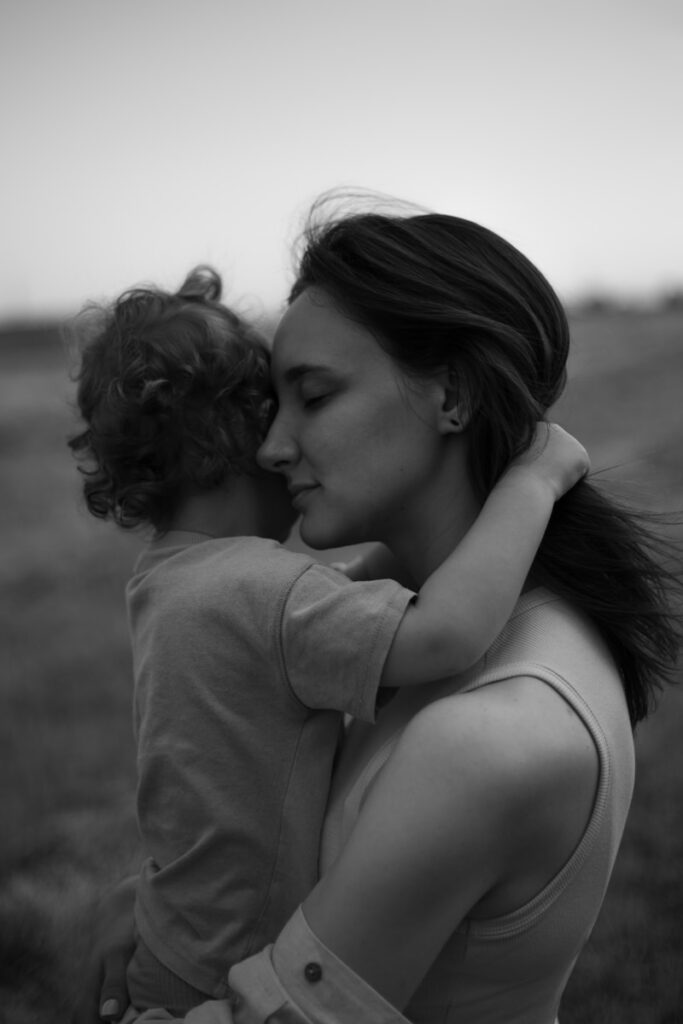
In the vast landscape of American literature, some stories don’t just tell a tale; they unearth a past, confront a silence, and redefine understanding. Toni Morrison’s monumental novel, ‘Beloved,’ is precisely such a work. Published in 1987, it quickly garnered critical acclaim, including the Pulitzer Prize for Fiction, and cemented its place as a cornerstone of modern American letters. This isn’t a story that vanished from the dealership; rather, it’s a timeless model that continues to run strong, challenging us to look at where our collective history truly resides and the indelible marks it leaves behind.
Morrison’s novel dives deep into the post-Civil War era, shining a searing light on the lives of formerly enslaved people and the insidious ways slavery continued to haunt them. It’s a narrative built on immense suffering, resilience, and the desperate, often tragic, pursuit of freedom and selfhood. Through its intricate plot and unforgettable characters, ‘Beloved’ compels us to ask difficult questions about memory, identity, and the very nature of love in the face of unspeakable cruelty. It’s a story that stays with you, revealing layers of human experience long after the final page is turned.
Prepare to embark on an insightful exploration of this powerful novel. We’ll examine its foundational inspirations, unravel the complexities of its central themes, and meet the characters whose journeys illuminate the enduring impact of slavery on the human spirit. This article aims to provide a comprehensive look at why ‘Beloved’ remains a vital and controversial work, continuing to spark dialogue and inspire new generations of readers to confront the ‘sixty million and more’ who suffered.

1. **The Real-Life Seed: Margaret Garner’s Tragic Story**At the very heart of ‘Beloved’ lies a real-life horror, a historical event so profound it demanded literary exploration. Morrison’s main inspiration stemmed from the life of Margaret Garner, an enslaved woman from Kentucky who, in 1856, escaped to the free state of Ohio. Her story is a chilling testament to the brutal choices forced upon those living under the shadow of slavery.
Garner’s flight was tragically cut short by the Fugitive Slave Act of 1850, which empowered U.S. marshals to pursue and capture escaped slaves even in free states. When cornered in a cabin with her children, Garner made an unimaginable decision. She was attempting to kill her children, and had already succeeded in killing her youngest daughter, hoping to spare them from the horrors of being returned to bondage. This desperate act, born of a mother’s fierce love and an unyielding terror of slavery, formed the tragic core of Sethe’s story.
Morrison encountered an account of this event in an 1856 newspaper article titled, “A Visit to the Slave Mother who Killed Her Child.” This article, initially published in the American Baptist and later reproduced in ‘The Black Book’—an anthology of Black history and culture that Morrison herself had edited in 1974—became the vital spark for her novel. It underscored the profound moral and psychological dilemmas faced by enslaved individuals, particularly mothers, and the extreme lengths they would go to protect their children from a fate worse than death.
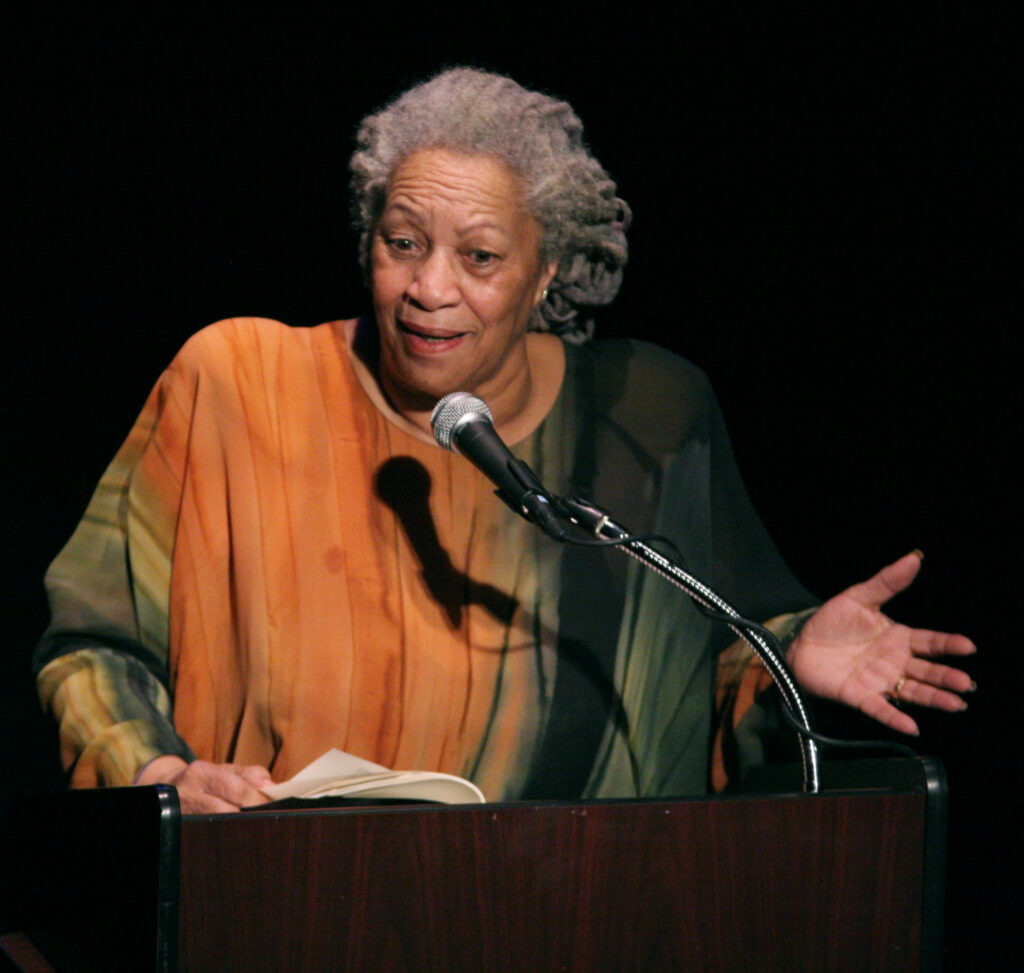
2. **The Profound Dedication: “Sixty Million and More” and the Novel’s Purpose**Before the narrative of Sethe and her family even begins, Morrison sets a somber and powerful tone with the book’s dedication: “Sixty Million and more.” This stark phrase refers to the untold millions of Africans and their descendants whose lives were lost or irrevocably altered by the Atlantic slave trade. It is a dedication that immediately elevates the novel beyond a personal story, positioning it as a memorial for a collective catastrophe.
This dedication serves as a poignant reminder of the sheer scale of human suffering and loss inflicted by slavery. It grounds the individual experiences depicted in ‘Beloved’ within a broader historical context, ensuring that readers understand Sethe’s personal tragedy as a microcosm of an immense, unimaginable historical trauma. The novel, in essence, becomes a literary monument, an attempt to give voice and recognition to those who perished or whose histories were erased.
Morrison herself articulated this purpose when accepting the Frederic G. Melcher Book Award in 1988. She noted that “[t]here is no suitable memorial or plaque or wreath or wall or park or skyscraper lobby” honoring the memory of those forced into slavery. She continued, “There’s no small bench by the road… And because such a place doesn’t exist (that I know of), the book had to.” This dedication is not merely a preface; it is the philosophical foundation upon which the entire narrative is built, challenging us to remember and acknowledge a past that society often seeks to forget.
3. **The Haunting Begins: An Introduction to 124 Bluestone Road**The novel opens in 1873 in Cincinnati, Ohio, at a place simply known as 124 Bluestone Road. This house is not merely a setting; it is a character in itself, haunted by a malevolent spirit believed to be that of Sethe’s eldest daughter. It is here that we are introduced to Sethe, a formerly enslaved woman, and her eighteen-year-old daughter, Denver, living under the oppressive weight of this spectral presence.
The haunting at 124 Bluestone Road immediately establishes an atmosphere of unease and psychological burden. The ghost’s presence is so palpable that Sethe’s sons, Howard and Buglar, had fled the home by the age of thirteen, attributing their departure to the spirit. This initial setup emphasizes the lingering trauma of the past, not just in memory but as a tangible force actively shaping the characters’ present lives and relationships.
Denver, isolated and friendless, has formed a strange companionship with the haunting. The arrival of Paul D, one of the enslaved men from Sethe’s former plantation, Sweet Home, marks a turning point. He attempts to drive out the spirit, an act that Denver resents, as it removes her only companion. This early dynamic at 124 Bluestone Road powerfully illustrates the deep-seated psychological scars and fragmented familial relationships that are central to the novel’s exploration of slavery’s aftermath.

4. **Mother-Daughter Bonds: A Dangerous Passion and Individuation**The maternal bonds in ‘Beloved’ are arguably the most intense and, at times, most destructive relationships explored. Sethe’s fierce love for her children, born from the unspeakable loss and separation she endured under slavery, becomes a “dangerous maternal passion.” This passion, tragically, leads her to kill her eldest daughter, an act she believed was an ultimate form of protection, “trying to put my babies where they would be safe.”
Under the dehumanizing system of slavery, mothers frequently lost their children through sale or death, leading to devastating psychological consequences. Baby Suggs, Sethe’s mother-in-law, coped by refusing to become too attached to her children, remembering what she could. Sethe, however, chose to fight for and hold onto her children, to the extreme point of infanticide, so they would be free from the horrors she knew. Her trauma from having her milk stolen, a profound violation of the maternal bond, further compounds her inability to form typical mother-daughter connections.
Sethe’s intense focus on preserving her children becomes an obstacle to her own self-development and even estranges her surviving daughter, Denver, from the Black community. It is only after Beloved’s exorcism, and Denver’s burgeoning independence, that Sethe begins her own path to individuation. The novel suggests that while maternal love is powerful, its overwhelming nature, especially when born from profound trauma, can hinder personal growth and necessitate a painful release to achieve true selfhood and accept new, healthy relationships, such as with Paul D.
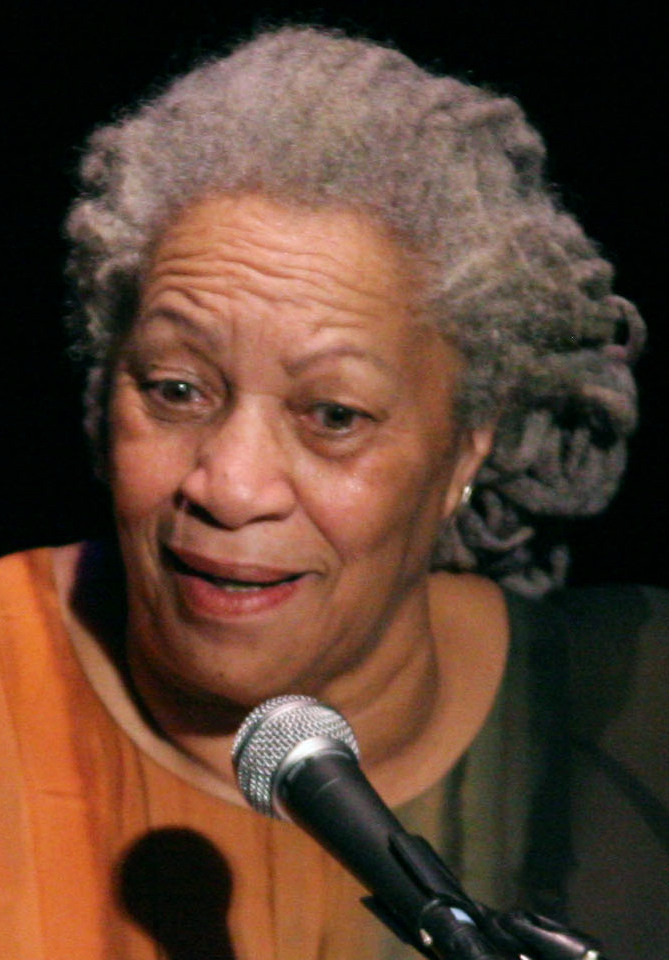
5. **Slavery’s Deepest Echoes: Psychological Trauma and Fragmentation of Self**’Beloved’ delves profoundly into the psychological effects of slavery, portraying it as a system that not only inflicted physical brutality but also shattered the inner selves of those it held captive. Characters like Sethe, Paul D, and Denver all grapple with a fragmentation of identity, a “self that is no self,” born from the constant repression of agonizing memories and dissociation from their horrific pasts. The narrative vividly illustrates how enduring such immense suffering leads to a profound loss of one’s true identity.
The novel argues that healing and humanization can only occur when these repressed memories are confronted, reorganized, and retold. This process of acknowledging and integrating the painful events of the past is crucial for the reintegration of the self. Beloved, the enigmatic figure, serves as a powerful catalyst in this regard, forcing the characters to confront their buried traumas and ‘rememories’—a concept Sethe uses to describe memories that linger not just in the mind but in places, capable of being re-experienced.
For many former slaves, the desire for an “uncomplicated past” and the fear that remembering would lead them to “a place they couldn’t get back from” created a formidable barrier to healing. Morrison shows how identity, often defined by others or located in a single word, can be remade only through the difficult work of confronting the past. The internal struggles of the characters underscore that the abolition of physical chains did not immediately free them from the psychological shackles of their experience.
Read more about: Unearthing Trauma: The Enduring Narrative of ‘Beloved’ for a Dark and Gritty Live-Action Reboot

6. **Redefining Manhood: Paul D’s Struggle in a Post-Slavery World**The novel intricately explores the concept of manhood and masculinity, particularly how it was distorted and challenged by the institution of slavery and its aftermath. Paul D, one of the formerly enslaved men from Sweet Home, embodies this struggle. His perceptions of manhood are constantly challenged by the dominant norms of white culture and the brutal realities he endured, including ual violence while in a chain gang.
Morrison uses stylistic devices, such as inserting Paul D’s “half-formed words and thoughts,” to give readers intimate access to his internal conflict. He carries painful memories in a figurative “tobacco tin” heart, attempting to contain them. His dreams and goals, once high, are thwarted by the pervasive racism of the Reconstruction era, which imposed Jim Crow laws and severely limited African Americans’ movement and opportunities. Paul D believed his sacrifices earned him the right to achieve his desires, only to find society unwilling to pay him back.
Scholar Zakiyyah Iman Jackson notes how Paul D’s reduced manhood emerges in relation to a discourse of animality, reflecting how enslaved men were dehumanized. Stamp Paid’s observation of Paul D, “…liquor bottle in hand, stripped of the very maleness that enables him to caress and love the wounded Sethe…”, powerfully encapsulates his diminished state. Paul D often sits on “a base of some sort or a foundation like a tree stub or the steps,” symbolizing his societal position as the coerced foundation of society, whose hard labor profited white men while he was deemed “lower-status.” His journey is one of grappling with these profound assaults on his identity and striving to reclaim a sense of self and purpose.
Read more about: Beyond the Pages: 15 Jaw-Dropping Reasons Why Toni Morrison’s ‘Beloved’ Still Shakes the Literary World (and Our Hearts!)

7. **The Broken Web: Family Relationships and Division**Family relationships form an instrumental element of ‘Beloved,’ vividly illustrating the stress and dismantlement of African-American families during and after the era of slavery. The cruel system denied enslaved people basic rights to themselves, their loved ones, or their children. This systematic destruction of family units left deep, enduring wounds that persisted long after emancipation.
Sethe’s horrific act of killing her daughter, Beloved, is depicted not as a malicious deed, but as a desperate, “peaceful act” in her belief that she was saving her child from a life of bondage. This agonizing choice, however, fractured her family further, leading to the departure of her sons and isolating Denver. The novel portrays how even acts born of love could inadvertently perpetuate division and mental strife within families already traumatized by external forces.
The appearance of the mysterious young woman, Beloved, at 124 Bluestone Road, and Sethe’s subsequent conviction that she is her murdered daughter, exemplifies how fractured family relationships are used to display the protagonist’s profound mental struggle. This supernatural manifestation highlights the deep-seated grief and unresolved trauma that continued to haunt formerly enslaved families. Their connections, broken and bruised by immense hardship, sought solace or manifested pain in extraordinary ways, often turning to the supernatural for understanding and healing in a society that denied them traditional forms of expression and support.

8. **The Persistent Ache: Exploring the Multifaceted Nature of Pain**In ‘Beloved,’ pain isn’t just a fleeting emotion; it’s a universal and deeply ingrained scar on the human spirit, affecting everyone touched by slavery in profound ways—physically, mentally, sociologically, and psychologically. Morrison shows us how some characters, in their struggle to cope, even tend to “romanticize” their pain, transforming each agonizing experience into a pivotal turning point in their lives, perhaps as a way to find meaning in unbearable suffering.
The novel’s narrative itself becomes a “complex labyrinth” as characters, stripped of their voices and individual stories under slavery, grapple with a diminished sense of self. Each person carries a distinct burden of suffering, their narratives as varied as the injustices they endured, making the tapestry of their experiences uniquely their own yet universally heartbreaking.
Morrison powerfully illustrates this struggle through how characters attempt to “beautify” their pain, subtly diminishing the horrors they faced. Sethe, for instance, clings to a white girl’s description of her whipped back scars as a “choke-cherry tree,” a poetic image she repeats to everyone, perhaps seeking beauty where only brutality existed. Yet, those who truly understand, like Paul D and Baby Suggs, recoil in disgust, unable to see anything but the torment.
This same impulse extends to Sethe’s perception of Beloved herself. Sethe embraces Beloved as her returned daughter, seeing her alive and whole, rather than the agonizing reminder of the painful act she committed. It’s only at the novel’s conclusion, with Beloved gone, that Paul D gently encourages Sethe to love herself, hinting at a path toward true healing that acknowledges, rather than beautifies, the pain.
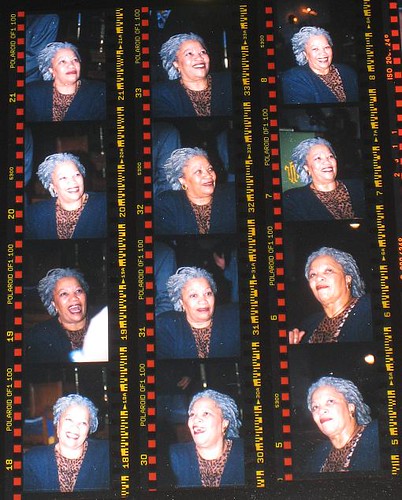
9. **Beyond Convention: Unpacking Heroism in ‘Beloved’**Morrison’s ‘Beloved’ offers a stirring redefinition of heroism, suggesting it’s not an absolute, grand gesture, but rather a courageous intent to do what one deems right, often in the face of immense opposition, and to inspire others to break free from the shackles of their past. Through the extraordinary journeys of Sethe and Denver, we witness heroism emerge from the most unexpected and challenging circumstances.
Sethe’s heroism is perhaps the most controversial, rooted in her desperate decision to kill her own child, Beloved. Though condemned by the community, Sethe herself never wavers in her conviction, stating simply, “It ain’t my job to know what’s worse. It’s my job to know what is and to keep them away from what I know is terrible. I did that.” For her, death was the ultimate act of protection, preferable to a life of re-enslavement and its dehumanizing anguish.
Beyond this agonizing choice, Sethe demonstrates another profound form of heroism by offering solace and acceptance to Paul D, helping him confront his own painful past. Her gentle, unspoken understanding of his “neck jewelry”—the scars of the iron bit—allows him to retain a sense of his manhood. “Only this woman Sethe could have left him his manhood like that,” Morrison writes, highlighting how her empathetic refusal to acknowledge his humiliation was a powerful act of restoration, allowing him to begin to heal.
Then there is Denver, whose heroism blossoms from a place of profound isolation. Trapped within the walls of 124 Bluestone Road and bound to her mother’s trauma, she must find the courage to step beyond her familiar world. Morrison vividly describes her challenge: “She would have to leave the yard; step off the edge of the world, leave the two behind and go ask somebody for help.” This act of stepping out, of daring to seek aid from a community that had long shunned them, is a heroic leap toward independence and survival.
Denver’s burgeoning independence and courage not only transform her own life but also become a catalyst for her mother’s salvation. Her actions inspire Ella and a group of local women to unite, forming a powerful collective force that exorcises Beloved from the home. This communal effort, described with the spiritual imagery of “the Clearing,” breaks the hold of the past, allowing Sethe to finally tremble “like the baptized,” cleansed and ready to face a future free from Beloved’s parasitic grip.
10. **Sethe: A Mother’s Unyielding, Traumatized Love**Sethe stands as the undeniable protagonist of ‘Beloved,’ a woman whose life is a testament to both fierce love and unimaginable trauma. Her escape from the notorious Sweet Home plantation and her subsequent residence at 124 Bluestone Road, a house haunted by the ghost of her infant child, define her existence. Throughout her arduous journey, her paramount drive remains an unyielding desire to protect her children from the horrors she herself endured as an enslaved person.
Her body bears the indelible mark of her past: the severe whipping scars on her back, famously described as a “tree on her back.” This physical manifestation of her suffering serves as a constant, visible reminder of the brutality she survived. Despite the immense pain, Sethe possesses a remarkable resilience, yet her character is inextricably defined by these deep-seated, traumatic experiences.
This fierce, maternal instinct tragically culminates in her desperate act of killing her infant daughter. It wasn’t an act of malice, but a desperate, “peaceful act” born from her profound love and the terrifying belief that she was saving her child from a life of bondage—a fate she understood intimately. This agonizing choice, though meant to protect, fractured her family and profoundly shaped her future.
Isolated with her surviving daughter, Denver, at 124, Sethe grapples with the pervasive influence of her repressed trauma. Her story is a poignant exploration of how the past, even when buried, actively shapes the present, making her a compelling figure of both immense strength in the face of adversity and profound suffering from the wounds that never truly heal.
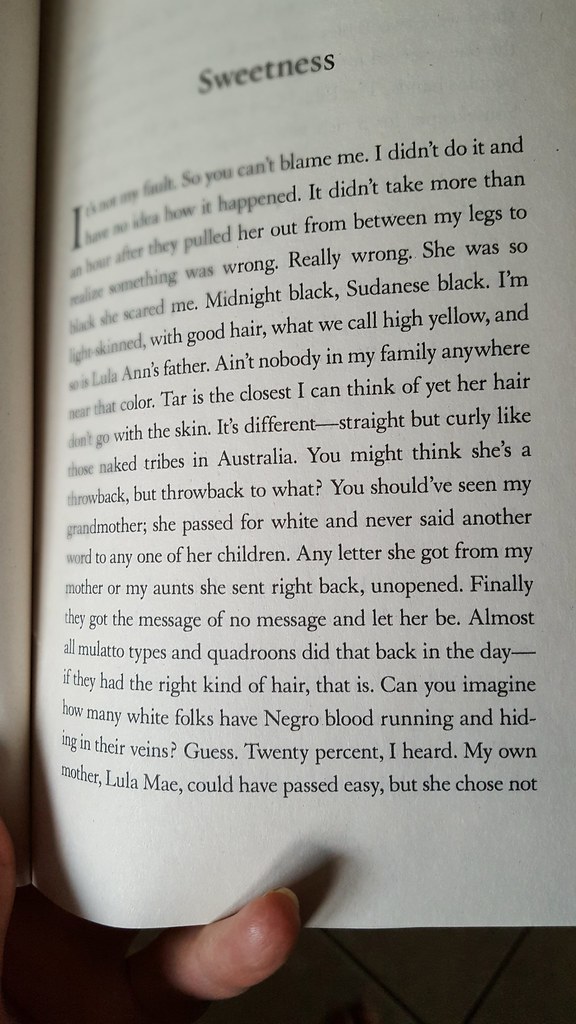
11. **Beloved: The Enigmatic Catalyst from the Depths**Beloved’s appearance in the novel is shrouded in mystery, making her an opaque yet central figure whose presence shifts the entire narrative. She emerges, soaking wet, from a body of water, appearing inexplicably on Sethe’s doorstep just as Sethe, Paul D, and Denver return from a rare outing. Her sudden arrival coincides with the cessation of the haunting at 124, leading many to believe she is the ghost of Sethe’s murdered baby, returned to them.
Initially, Beloved behaves with a childlike innocence and neediness, which draws Denver to her and convinces her that this young woman is indeed her older sister, miraculously returned. Yet, this innocence quickly gives way to a more demanding and unsettling presence. Beloved’s strange stories of the past, including tales of enslaved people and Sethe’s own mother, further deepen her enigmatic nature, hinting at a connection to a collective, ancestral memory of suffering.
Crucially, Beloved serves as a powerful catalyst, forcing Sethe, Paul D, and Denver to confront the repressed traumas they have long tried to bury. Her demanding presence becomes parasitic, physically depleting Sethe as she grows “bigger and bigger, eventually taking the form of a pregnant woman,” signifying her consumption of Sethe’s life force and the overwhelming weight of the past.
Morrison herself confirmed that Beloved is indeed the murdered daughter, and her name, a poignant echo of the single word Sethe could afford for her tombstone, solidifies this connection. She embodies not just a personal ghost but the collective, unacknowledged spirits of all those lost to slavery, making her a figure of immense symbolic weight and a profound challenge to the characters’ fragile peace.
Read more about: Toni Morrison’s ‘Beloved’: An In-Depth Examination of Its Haunting Narrative, Complex Characters, and Profound Themes
Despite its critical and cultural importance, ‘Beloved’ has remained controversial, frequently facing calls for banning in U.S. schools due to its graphic content, including “bestiality, infanticide, , and violence.” Incidents like its temporary removal from an AP English class in Louisville, Kentucky, and the “Beloved Bill” legislation in Virginia, which became a focal point in a gubernatorial election, illustrate the novel’s enduring power to spark heated discussions about literary freedom, parental rights, and the education system’s role in confronting difficult histories.
Ultimately, ‘Beloved’s’ sustained presence in our cultural and literary discourse affirms its profound impact. As recognized by the BBC News on its list of the 100 most inspiring novels, it continues to spark dialogue, confront history, and shape conversations on identity, memory, and the lasting echoes of the past. It stands as an indispensable and powerful work that refuses to let us forget.
This exploration of ‘Beloved’ reveals a literary masterpiece that transcends its pages, becoming a poignant act of remembrance and a powerful call to confront uncomfortable truths. Toni Morrison didn’t just write a book; she built a “bench by the road” in our collective consciousness, inviting us to sit, remember, and reflect on the “sixty million and more.” Her unflinching gaze at the deepest wounds of slavery, through the lives of Sethe, Beloved, Paul D, and Denver, reminds us that the past is never truly past, but rather a living force that demands acknowledgment and understanding. ‘Beloved’ endures not only for its lyrical prose and complex characters but for its courageous insistence that we listen to the echoes of history, allowing them to reshape our present and guide us toward a more compassionate future. It’s a story that, much like the most cherished models that never truly vanish, continues to run, robust and vital, in the landscape of our shared human experience.


